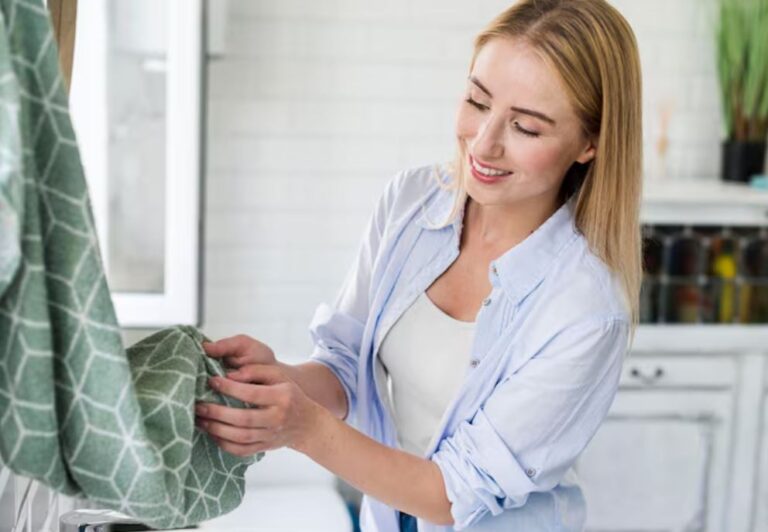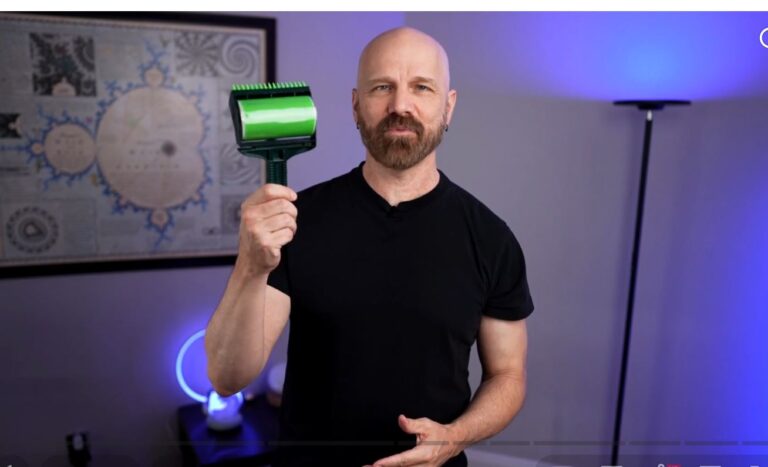5 Best Pet Hair Remover Gloves for Furniture – Effortlessly Keep Your Home Fur-Free
If you live with pets, you know the frustration: you sit down on your favorite sofa, only to realize it’s covered in cat or dog hair. Guests arrive, and your once-pristine furniture looks messy and unkempt. Many pet owners spend hours brushing, vacuuming, or buying costly lint rollers, yet pet hair keeps coming back. This constant battle can be stressful, especially when you want a clean, presentable home without dedicating half your day to cleaning.
That’s why pet hair remover gloves have become essential for furniture owners. Unlike traditional rollers, these gloves allow you to directly interact with your surfaces, collecting hair efficiently while giving you full control. With the right glove, you can clean sofas, chairs, car seats, carpets, and even bedding in minutes. You don’t just remove hair you prevent it from embedding into fabrics and reduce allergens in your home.
In this guide, I’ll introduce you to five of the best pet hair remover gloves on the market. From reusable electrostatic gloves like Salhap and Bifobar to simple dampened rubber dishwashing gloves, each option offers unique benefits depending on your needs and budget. I’ll also provide tips for choosing the right glove for your furniture, including considerations for fabric type, glove design, and hair collection efficiency.
By following these methods, you’ll achieve:
-
Fur-free furniture in minutes, without extra effort.
-
Reusable and cost-effective cleaning solutions that save money over disposable rollers.
-
A cleaner home environment, reducing allergens and dust from pet hair.
-
Versatile use, from couches to car interiors and carpets.
Whether you’re dealing with long-haired cats, shedding dogs, or both, this guide will help you pick the perfect pet hair remover glove. You’ll gain practical insights and actionable tips to maintain a clean, comfortable, and hair-free home effortlessly.


Why Pet Hair Clings to Furniture
If you’ve ever wondered why your couch seems to collect more pet hair than your actual pet, you’re not alone. The science behind this furry phenomenon is actually quite fascinating once you understand what’s really happening.
Understanding Static Electricity and Hair Adhesion
Think of your furniture and your pet’s coat as two surfaces constantly exchanging invisible energy. When your dog or cat moves against the upholstery, their fur rubs against the fabric, creating an electrical charge. This static energy acts like a magnet, making lightweight hairs jump onto surfaces and stick there. During drier months, this effect intensifies because low humidity allows more electrical buildup. It’s the same principle that makes a balloon stick to the wall after you rub it on your hair.
Fabric Types That Attract Pet Hair Most
Some materials practically beg for pet hair to settle in. Velvet and velour act like furry magnets with their dense, plush surfaces that grab and hold every strand. Microfiber uses tiny synthetic fibers that create tremendous static charge, while corduroy’s ribbed texture provides perfect hiding spots for hairs to wedge into. Even wool’s naturally scaly surface creates friction that locks fur in place. Surprisingly, smooth materials like leather and vinyl accumulate the least hair, though what does land there tends to be more visible.
Common Mistakes That Worsen Hair Buildup
Many homeowners accidentally make their hair problems worse through everyday habits. Using wool dryer sheets on couch covers leaves residue that actually increases static attraction. Vacuuming without proper attachments pushes hairs deeper into fabric instead of lifting them out. Skipping regular pet brushing allows more loose fur to circulate through your home. Even your choice of cleaning products matters—some sprays create sticky surfaces that trap new hairs rather than repelling them.










